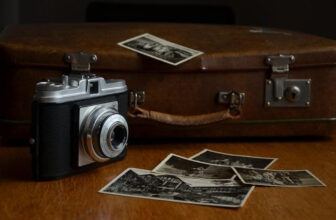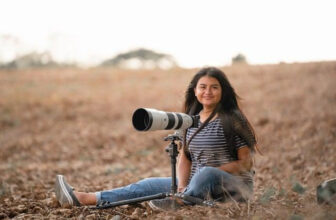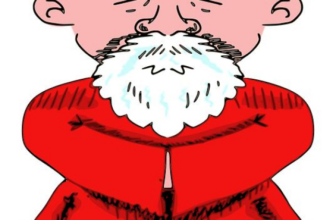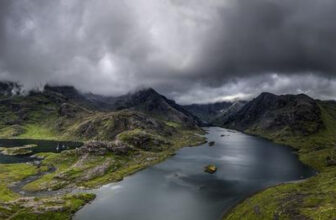Capture The Action: Top Tips for Sports Photography
GoogleAds
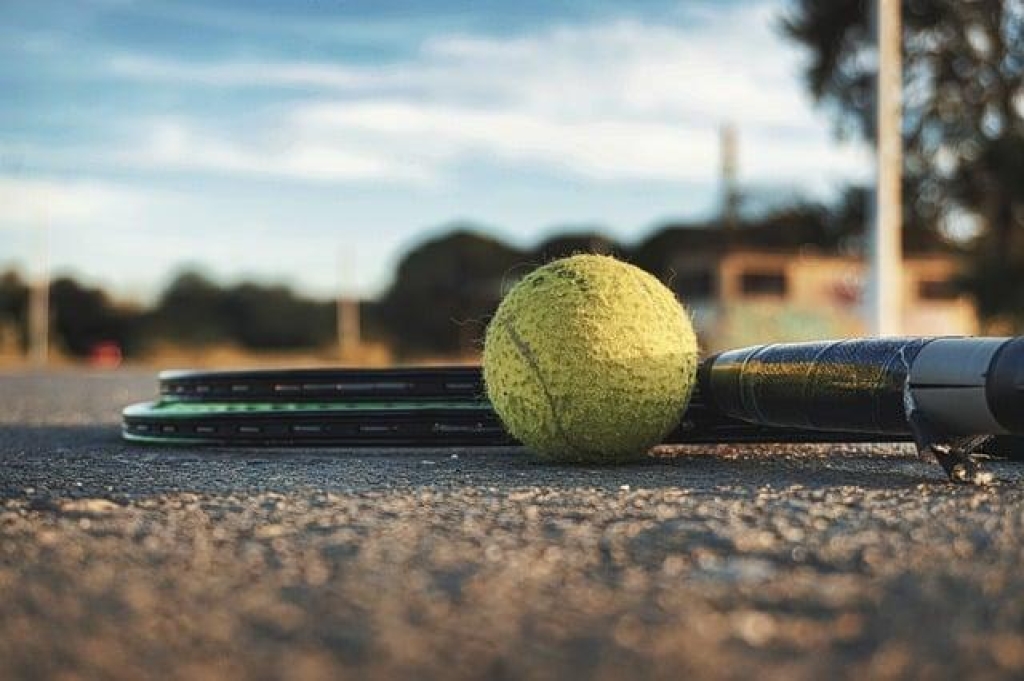
Sports photography can be an exhilarating and challenging pursuit for any photographer looking to capture the excitement and energy of athletic competitions. Whether you’re shooting a local soccer game or a professional basketball match, there are certain techniques and strategies that can help you seize the perfect moment on camera. In this article, we’ll explore some top tips and tricks for mastering the art of sports photography and capturing the action like a pro.
Choosing the Right Equipment
When it comes to capturing the action in sports photography, having the right equipment can make all the difference. Here are some top tips for choosing the best gear to ensure you get the perfect shot every time.
Camera: Invest in a DSLR camera with a fast shutter speed to freeze the action and a high burst rate to capture multiple shots in quick succession. Look for models with good low-light performance for indoor sports and a long battery life for extended shooting sessions.
Lenses: A telephoto lens with a focal length of at least 200mm is essential for sports photography, allowing you to zoom in on the action from a distance. Consider a lens with image stabilization to reduce blur from camera shake and fast autofocus for quick, accurate focusing.
Accessories: Don’t forget to pack extra memory cards and batteries to ensure you never miss a moment. A sturdy tripod can help stabilize your shots, especially in low light conditions. Consider investing in a camera bag with padded compartments to protect your equipment while on the go.
| Tip | Details |
|---|---|
| Research | Before buying new gear, do thorough research on the best options for sports photography. |
| Rent | If you’re unsure about a particular lens or camera, consider renting equipment to test it out before making a purchase. |
Settings: For fast-moving sports, set your camera to a high shutter speed (1/500 or higher) to freeze the action. Use a wide aperture (f/2.8 or lower) for a shallow depth of field that isolates your subject from the background. Adjust your ISO as needed to maintain a proper exposure.
Understanding the Lighting Conditions
When it comes to sports photography, is crucial for capturing the action effectively. The right lighting can make or break a shot, so it’s important to pay attention to the way light affects your subjects. Here are some top tips for mastering lighting in sports photography:
1. Be aware of natural light: Natural light can be your best friend when shooting outdoor sports. Pay attention to the direction of the sun and how it affects your subject. Early morning and late afternoon tend to have the best lighting for sports photography, as the light is softer and more flattering.
2. Use artificial lighting strategically: When shooting indoor sports or events at night, artificial lighting becomes crucial. Be mindful of harsh shadows and try to position yourself in a way that minimizes their impact on your shots. Consider using a flash or external lighting to fill in any dark spots.
3. Adjust your settings accordingly: Depending on the lighting conditions, you may need to adjust your camera settings to get the best shot. For bright outdoor lighting, you may need to increase your shutter speed to avoid overexposure. In low light conditions, try increasing your ISO or widening your aperture to let in more light.
4. Experiment with different angles: Changing up your shooting angle can dramatically affect the way light interacts with your subject. Try shooting from different positions to see how the light changes and experiment with backlighting or side lighting for more dynamic shots.
5. Don’t be afraid to break the rules: While it’s important to understand the basics of lighting in photography, don’t be afraid to break the rules and experiment with unconventional lighting techniques. Sometimes the most interesting shots come from taking risks and thinking outside the box.
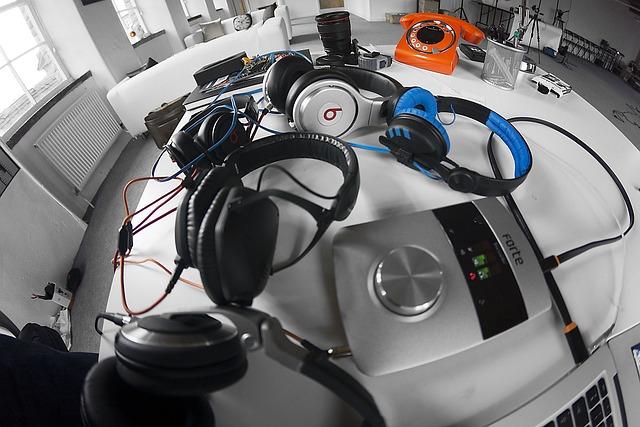
Mastering Composition Techniques
Sports photography can be both thrilling and challenging, requiring quick reflexes and a keen eye to capture the perfect shot. Whether you’re shooting a basketball game, a soccer match, or a track meet, is essential to ensuring your photos truly capture the action.
One key composition technique to keep in mind when shooting sports is the rule of thirds. This rule suggests dividing your frame into thirds both horizontally and vertically, and placing your subject along these lines or at their intersections. This creates a more dynamic and visually appealing composition.
Another important tip is to anticipate the action. Sports move quickly, so it’s crucial to be one step ahead of the game. Keep your focus on the players or athletes, and be ready to capture that game-winning goal or record-breaking run.
Utilizing different angles can also add interest to your sports photos. Get down low to the ground for a unique perspective, or shoot from above for an overhead view. Experimenting with angles can help tell the story of the game in a more engaging way.
Lastly, don’t forget to capture the emotion of the moment. Whether it’s the thrill of victory or the agony of defeat, emotions are a key component of sports photography. Focus on the faces of the players, coaches, and fans to truly convey the excitement of the game.
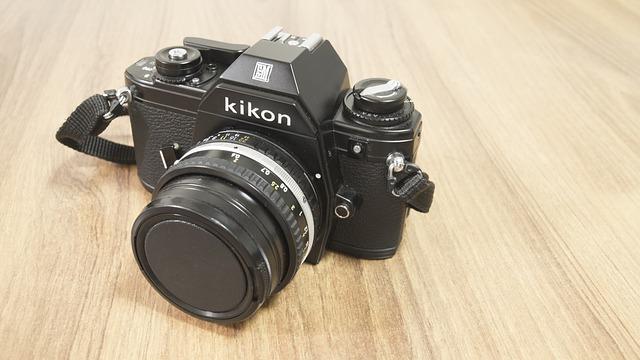
Capturing Movement and Action
When it comes to sports photography, is key to creating dynamic and engaging shots. Whether you’re shooting a fast-paced basketball game or a thrilling track and field event, here are some top tips to help you capture the action like a pro:
Use a fast shutter speed: To freeze the action and avoid motion blur, make sure to set your camera to a fast shutter speed. A shutter speed of 1/500 or higher is recommended for most sports photography.
Anticipate the shot: Sports photography requires anticipation and quick reflexes. Keep your finger on the shutter button and be ready to capture the peak moment of action, whether it’s a slam dunk or a game-winning goal.
Focus on the athletes: Make sure to focus on the athletes and their expressions to convey the intensity and emotion of the game. Use a wide aperture to create a shallow depth of field and blur the background, drawing attention to the subject.
Experiment with angles: Get creative with your perspective by shooting from different angles and viewpoints. Capture the action from high above or down low to add variety and interest to your photos.

Anticipating Key Moments
When it comes to sports photography, capturing key moments is crucial. Whether you’re shooting a fast-paced soccer game or a high-flying basketball match, being able to anticipate those game-changing moments can make all the difference in your photos.
One key tip for capturing the action is to always be ready. Keep your camera settings dialed in and your finger on the shutter button so you can quickly snap photos as soon as something exciting happens on the field or court.
Another important aspect of sports photography is knowing the game. Understanding the rules and flow of the sport you’re shooting will help you predict when a key moment is about to happen, allowing you to be in the right place at the right time to capture it.
Using a telephoto lens can also be beneficial for sports photography, as it allows you to zoom in on the action from a distance. This can help you get closer shots of players and moments without actually being on the field or court.
Lastly, don’t forget about post-processing. Editing software can enhance your photos by adjusting lighting, colors, and sharpness to make your key moments pop. Taking the time to perfect your images after you’ve captured them can take your sports photography to the next level.

Utilizing Continuous Shooting Mode
Continuous shooting mode is a valuable tool in a sports photographer’s arsenal, allowing you to capture fast-paced action with precision and clarity. This feature, also known as burst mode, enables your camera to take multiple shots in rapid succession, increasing your chances of getting that perfect shot of a winning goal or a triumphant finish line crossing.
When , it’s essential to focus on the key elements of the action you’re trying to capture. By tracking the movement of the players or athletes, you can anticipate the peak moment and ensure you are ready to press the shutter at the right time. This technique requires practice and patience, but the results can be truly rewarding.
Adjusting your camera settings is crucial when shooting in continuous mode. Set your camera to a high shutter speed to freeze the action and avoid motion blur. Additionally, consider using a wide aperture to create a narrow depth of field, drawing attention to your subject and blurring out distracting backgrounds. Experimenting with different settings will help you find the perfect combination for each situation.
Another tip for maximizing the potential of continuous shooting mode is to use a high-capacity memory card. With the ability to capture multiple shots in quick succession, you’ll need ample storage space to accommodate the increased number of images. Invest in a fast and reliable memory card to ensure you don’t miss any crucial moments during a sports event.
In conclusion, mastering continuous shooting mode is essential for sports photography enthusiasts looking to capture dynamic and action-packed moments. By focusing on the key elements of the action, adjusting your camera settings, and using a high-capacity memory card, you can elevate your sports photography game and create stunning images that truly capture the essence of the game.
Post-Processing Tips for Sports Photography
It’s game day, and you’ve got your camera ready to capture all the adrenaline-pumping action on the field. But the work doesn’t stop there! Post-processing your sports photos is just as important as capturing them in the first place. Here are some top tips to take your sports photography to the next level:
**1. Select the Best Shots:** Sorting through hundreds of photos can be overwhelming, but it’s crucial to select the best shots for post-processing. Look for images that capture the intensity of the game, the emotion on the players’ faces, and the peak moments of action.
**2. Crop and Straighten:** Cropping your images can help eliminate distracting background elements and focus the viewer’s attention on the main subject. Use the rule of thirds to create a well-balanced composition, and don’t be afraid to straighten out any crooked horizons for a cleaner look.
**3. Adjust Exposure and White Balance:** Lighting conditions can be unpredictable during sports events, so it’s important to adjust the exposure and white balance in post-processing. Increase the brightness and contrast to make your images pop, and tweak the white balance to ensure accurate colors.
**4. Enhance Sharpness and Details:** To make your sports photos stand out, enhance the sharpness and details in post-processing. Use tools like sharpening and clarity adjustments to bring out the fine textures of the players’ uniforms and the sweat glistening on their brows.
**5. Add a Splash of Color:** With the right color adjustments, you can make your sports photos more vibrant and dynamic. Experiment with saturation and vibrancy settings to enhance the colors of the team jerseys and the green grass of the playing field. Don’t be afraid to get creative with your color choices to make your photos truly unforgettable.
With these post-processing tips in your arsenal, you’ll be able to turn ordinary sports photos into extraordinary works of art. So, grab your camera, head to the next game, and capture the action like never before!
Q&A
Q: What is the most important equipment to have when photographing sports events?
A: A quality DSLR camera with a fast shutter speed and good autofocus capabilities is essential for capturing fast-moving action.
Q: How important is it to have good timing when shooting sports photography?
A: Timing is crucial in sports photography to capture the most dynamic and engaging moments of the game.
Q: What are some techniques for capturing motion blur in sports photography?
A: To capture motion blur, use a slow shutter speed while panning with the moving subject to create a sense of speed and movement in the photo.
Q: How can photographers ensure their photos are in focus when shooting fast-paced sports events?
A: Using a high-speed continuous shooting mode and selecting a single focus point can help photographers ensure their photos are in focus when shooting fast-paced sports events.
Q: What are some composition tips for shooting sports photography?
A: To create visually appealing sports photography, photographers should consider framing the action tightly, using leading lines to draw the viewer’s eye, and capturing the emotion of the athletes.
Q: How can photographers anticipate and capture the decisive moment in sports photography?
A: To anticipate and capture the decisive moment in sports photography, photographers should have a good understanding of the sport they are shooting and be ready to react quickly to the action unfolding in front of them.
In Summary
In conclusion, capturing the action in sports photography requires a keen eye, quick reflexes, and knowledge of the game being played. By following these top tips and applying them in your own photography, you can elevate your images to showcase the excitement and intensity of sports moments. Remember to practice, stay prepared, and always be ready to capture that perfect shot. With dedication and perseverance, you too can become a master of sports photography. So grab your camera, hit the field, and start capturing the action today!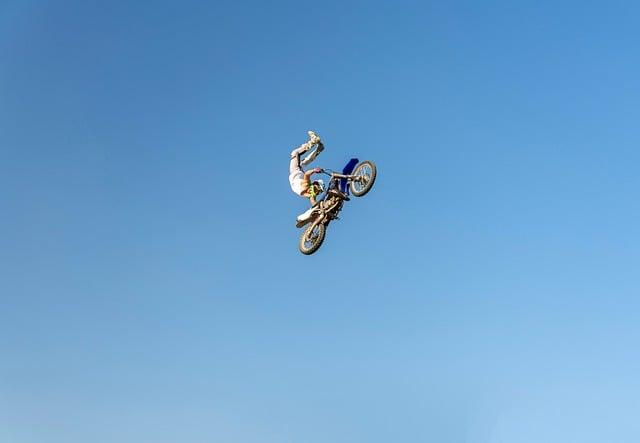
GoogleAds



